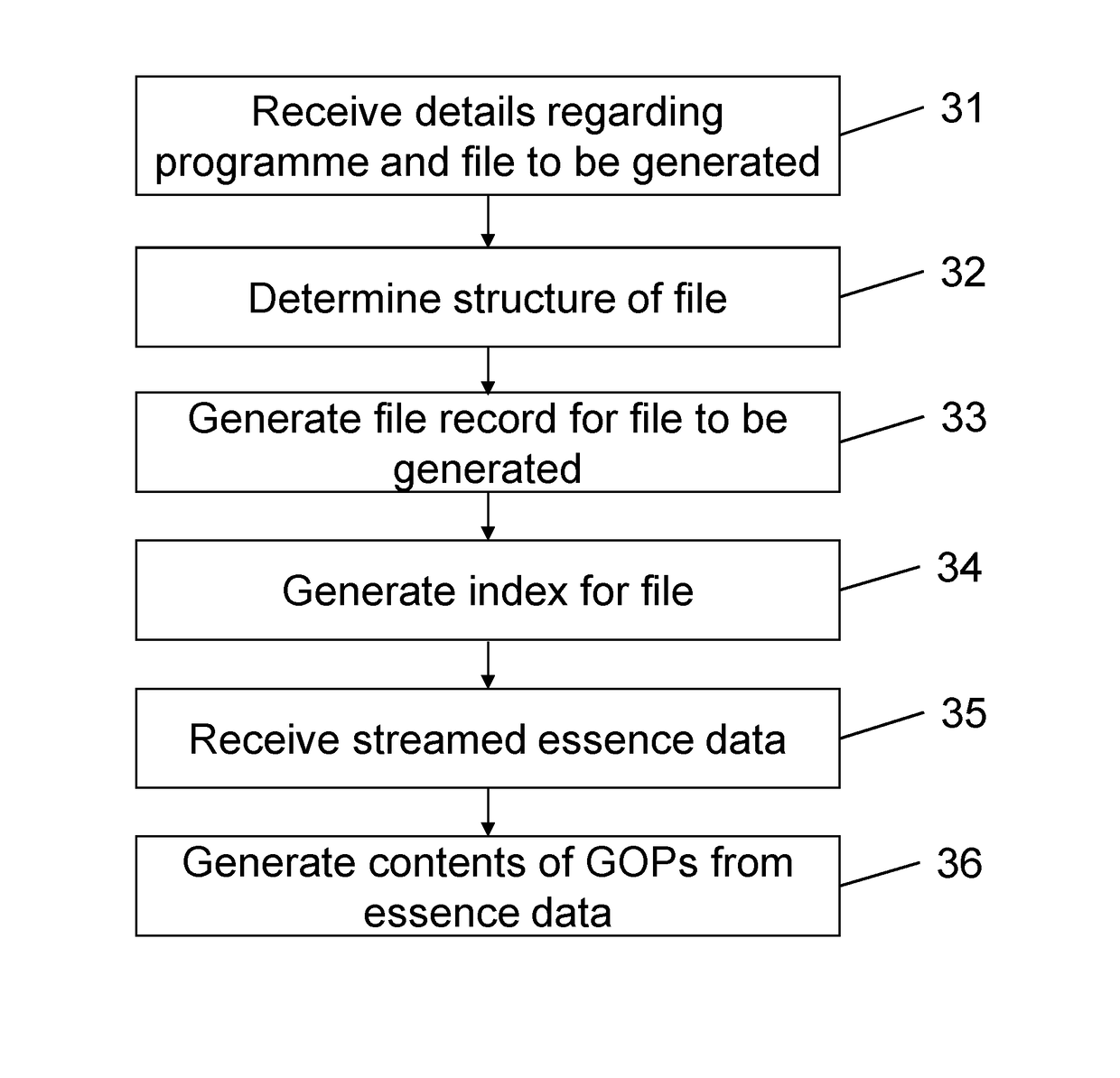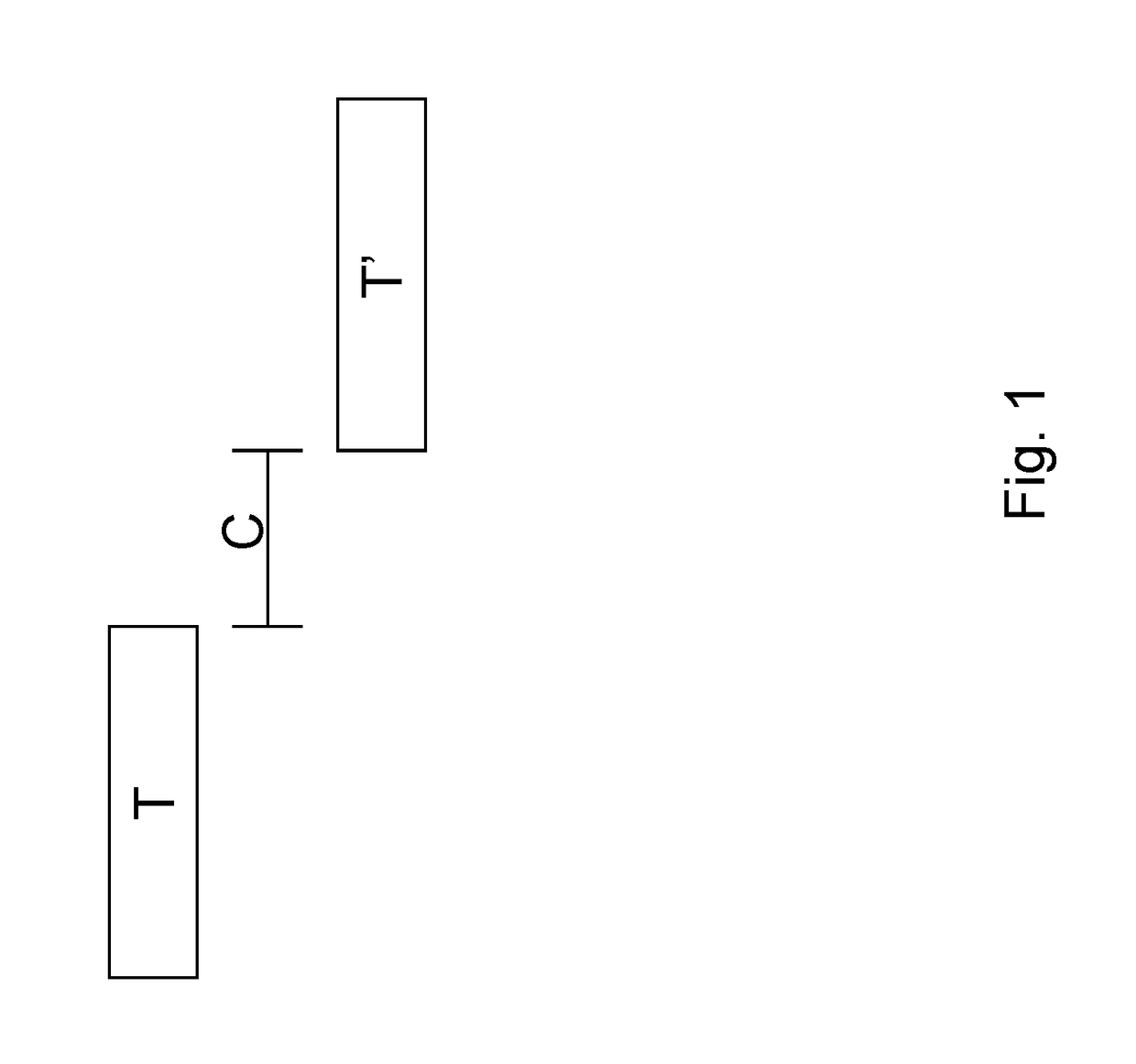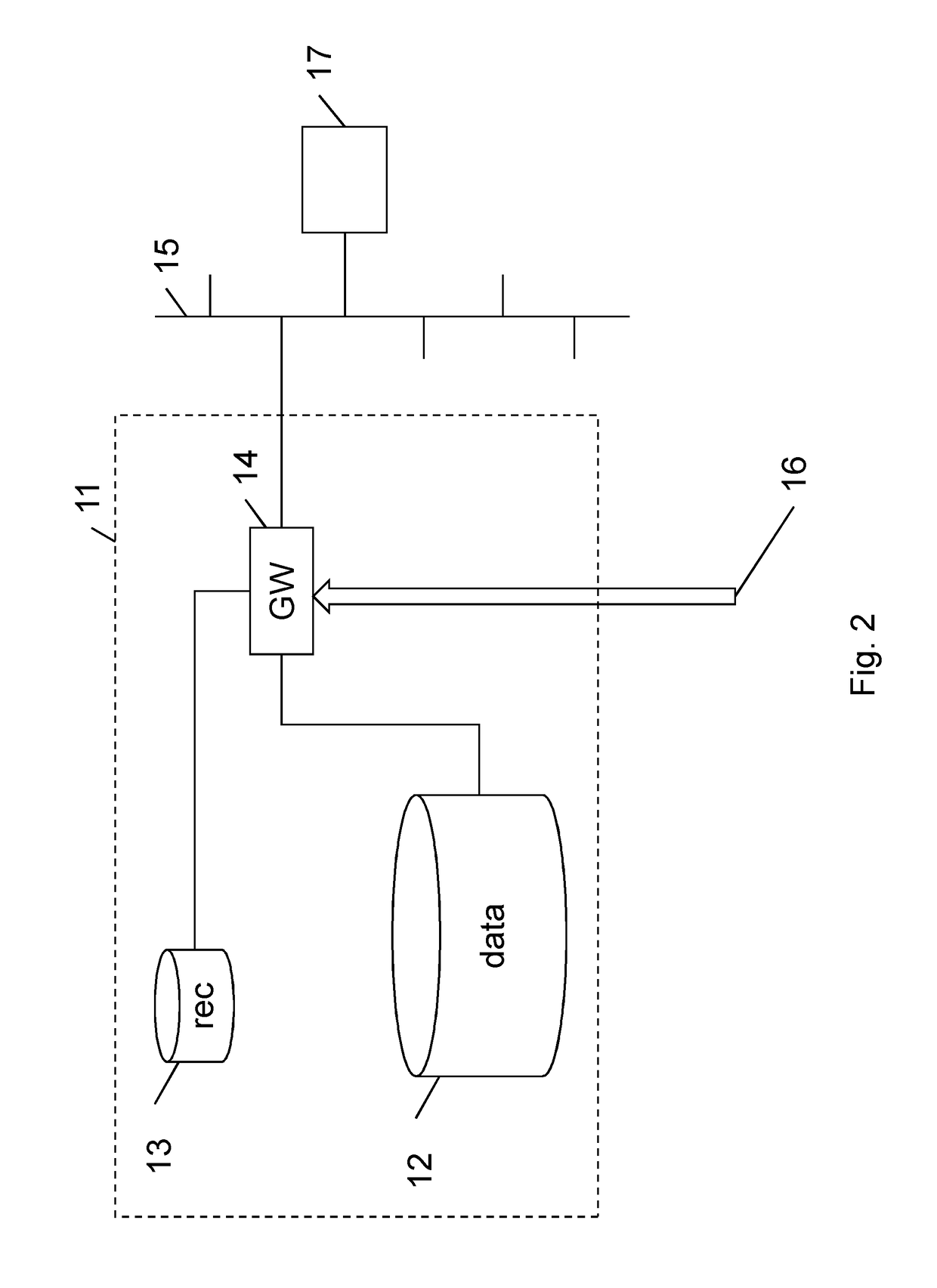Methods and systems for providing file data for a media file
a technology for media files and file data, applied in the field of media file file data providing methods and systems, can solve the problems of large time overhead, false data returned by file systems, and reduced conversion time effectively to zero, so as to prevent excessive delays in responding to requests, the effect of avoiding excessive delays
- Summary
- Abstract
- Description
- Claims
- Application Information
AI Technical Summary
Benefits of technology
Problems solved by technology
Method used
Image
Examples
Embodiment Construction
[0059]A first embodiment of the invention is now described with reference to FIG. 2. A file system 11 comprises a data store 12, a file record database 13, and a gateway 14. The file system 11 is in communication via the gateway 14 with a network 15. A device 17 running a “qualified” software application, as described in detail later below, is in communication with the file system 11 via the network 15.
[0060]The gateway 14 is arranged to receive a stream 16 of essence data (data constituting video and / or audio information) for a programme such as a televised sporting event. The file system 11 is arranged to use this stream 16 of essence data to generate a media file, as described below.
[0061]FIG. 3 is a flow chart showing the operation of the file system 11 when generating the file from the stream 16 of essence data. Initially, the file system 11 will receive details regarding the programme and the file to be produced, including for example the length of the programme, and the quali...
PUM
| Property | Measurement | Unit |
|---|---|---|
| length | aaaaa | aaaaa |
| segment length | aaaaa | aaaaa |
| speed | aaaaa | aaaaa |
Abstract
Description
Claims
Application Information
 Login to View More
Login to View More - R&D
- Intellectual Property
- Life Sciences
- Materials
- Tech Scout
- Unparalleled Data Quality
- Higher Quality Content
- 60% Fewer Hallucinations
Browse by: Latest US Patents, China's latest patents, Technical Efficacy Thesaurus, Application Domain, Technology Topic, Popular Technical Reports.
© 2025 PatSnap. All rights reserved.Legal|Privacy policy|Modern Slavery Act Transparency Statement|Sitemap|About US| Contact US: help@patsnap.com



